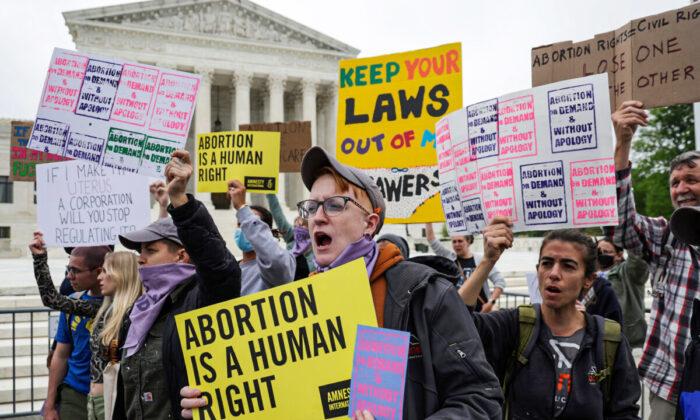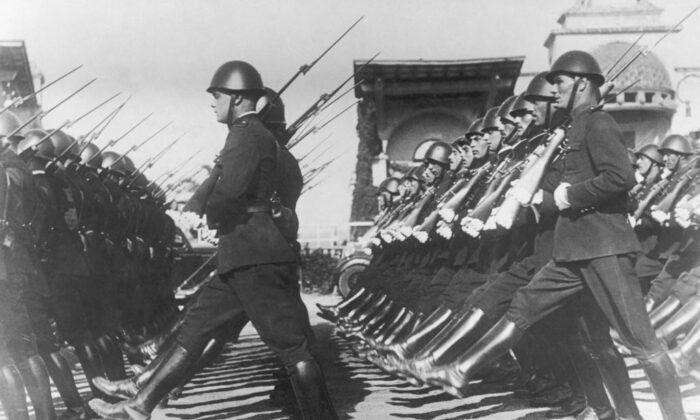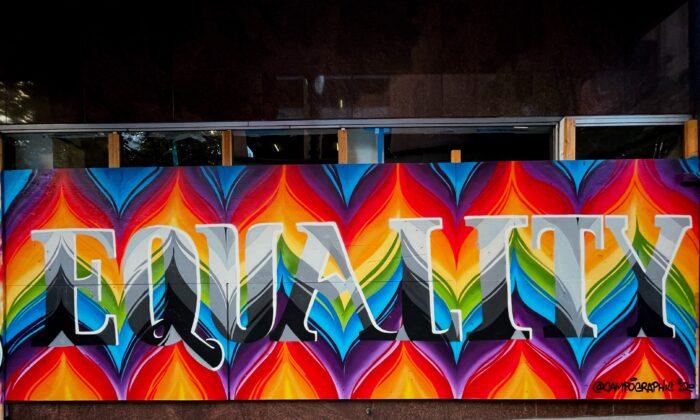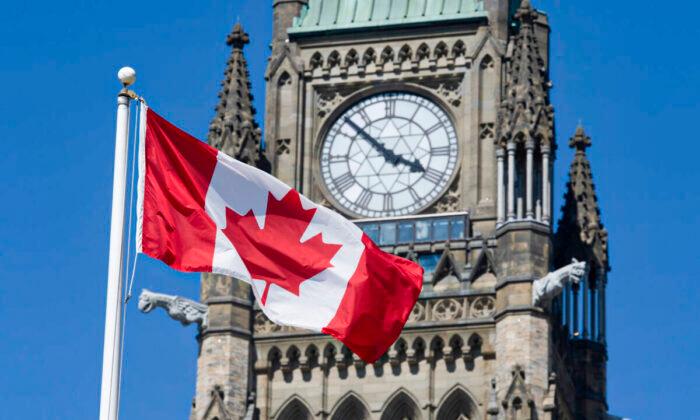Slavery? In Canada? How could it be? A little booklet called “Slavery and Freedom in Niagara,” by author Michael Power of Welland, Ontario, landed on my desk, and got me going on this subject. In school, we learn only that Canada-the-good served as a kind of Holy Land for persecuted slaves who escaped from a barbaric United States.
This has created an unjustified belief in our moral superiority.
For around the year 1780, there were an estimated 4,000 blacks living in the Canadian British colonies, of whom about 1,800 were slaves. Canada’s first anti-slavery law (of sorts), of July 9, 1793, didn’t exactly outlaw slavery. It was called “An Act to Prevent the Future Introduction of Slaves.” In other words, slavery would remain legal—but no more slaves could be imported to Canada.
Now, it’s easy to spring to judgment on all this, until we recall that slavery, practiced at some point prior to this century by almost every known civilization, and defended by Plato and Aristotle as “natural,” was until very recently protected by international law. In the 18th century, even freedom philosopher John Locke argued it was morally preferable to the death penalty, which is what many slave captives might otherwise have received. And it’s easy to agree that ancient slavery, which was primarily based in the practice of enslaving surrendered enemies who had slaughtered your sons and raped and killed your women, was humane (and profitable) compared to slaughtering them in revenge.
Slavery was widely practiced in Africa for millennia by black tribes that sold blacks to each other, to Arabs, and to whites. The U.S. census of 1830 records that 10,000 slaves were owned by “free men of color.” Often, the first thing a freed slave would do if he got enough money was to buy himself a slave. The last nations to outlaw slavery were those on the Arabian Peninsula, in the 1960s!
When Columbus arrived in the New World in 1492, he discovered that slavery was already widely practiced by the local Tiano, Arawak, and Carib tribes, along with cannibalism and torture. Many American and Canadian Indian tribes, such as the Tonkawa of Texas, or the Kwakiutl of British Columbia, had been slaveholders (or cannibals, or both) since forever. At the time of white conquest, up to 15 percent of the Kwakiutl were slaves to their own powerful chiefs. White Europeans who arrived in Mexico were horrified to discover an Aztec civilization built on slavery, human sacrifice, and cannibalism of thousands of slaves per year!
As for pioneer Canada, Power writes that “slave owning was widespread among the emerging political and social elites of Upper Canada.” Peter Russell, Matthew Elliott, and many other distinguished men who sat on the Legislative Council of Upper Canada each owned dozens of slaves.
Most sought to protect their “right” to own slaves by arguing that a slave was legally owned property, and the right to own property was basic to all free societies. Courts that took away legally owned slaves could then take away land, or homes, couldn’t they? And then tyranny would reign.
Farmers asked who will compensate us for our freed slaves, and the lost benefits from slave labor? Many settlers were Loyalists who came to Canada because the government had promised them cheap land on the condition they clear it. So slaves were purchased specifically for that purpose. The government had lured them. Was the government now going to ruin them?
An irony of the history of slavery in Canada is that many individual U.S. states (Delaware, Michigan, Rhode Island, and Connecticut) had banned slavery outright 20 years before Canada prohibited (only) the future importation of slaves. So the state of Michigan, Power writes, became “an instant haven for slaves escaping from Upper Canada.” Canadian slave-owners complained bitterly, imploring our lieutenant governor to stop what was in effect a reverse underground railroad. He refused.
A friend, expressing his instant moral repugnance, asked, “How could they not see the immorality of it?” I replied, “Just like we do not see our own.” Slaves were legally defined as non-persons. Future historians will surely wonder at our own tortuous moral and legal chicanery that grants modern mothers the legal “right” to vacuum out—or even crush heads and tear limbs off—young babies in their own wombs? They do this so easily only because an unborn human is defined in our criminal law as a non-person.
Ironically, it’s the very same modern liberals who so violently deplore slavery, who as violently defend the right to abortion on demand. They don’t “see” their immorality. Neither did slaveowners.
Are we much better off? Physically, in the sense that we’re not owned—yes. But if we ask about control, the answer may be less pleasing. In past times, though less than 5 percent were slaves, the average citizen, white or black, was quite free of the countless thousands of meddling laws and controls that deeply invade our persons, property, and privacy—and they had to pay not a penny of income tax.
Yet today, entire populations in the “free world” are tax slaves to massive governments for more than half of every year of their lives—and face real physical imprisonment if they refuse to pay. If you’re forced to surrender all your income to government, you’re certainly a slave. So then, what are you when forced to surrender up to half your income? Surely the answer is that you’re half a slave. Physical ownership of persons isn’t necessary to control them.
That’s why the American revolutionist Josiah Quincy in 1774 cried out against what was then the very deeply shocking idea of taxing human work: “I speak it with grief—I speak it with anguish ... —I speak it with shame—I speak it with indignation—we are slaves.”
He deplored chattel slavery of the few, but especially the tax slavery of all.





